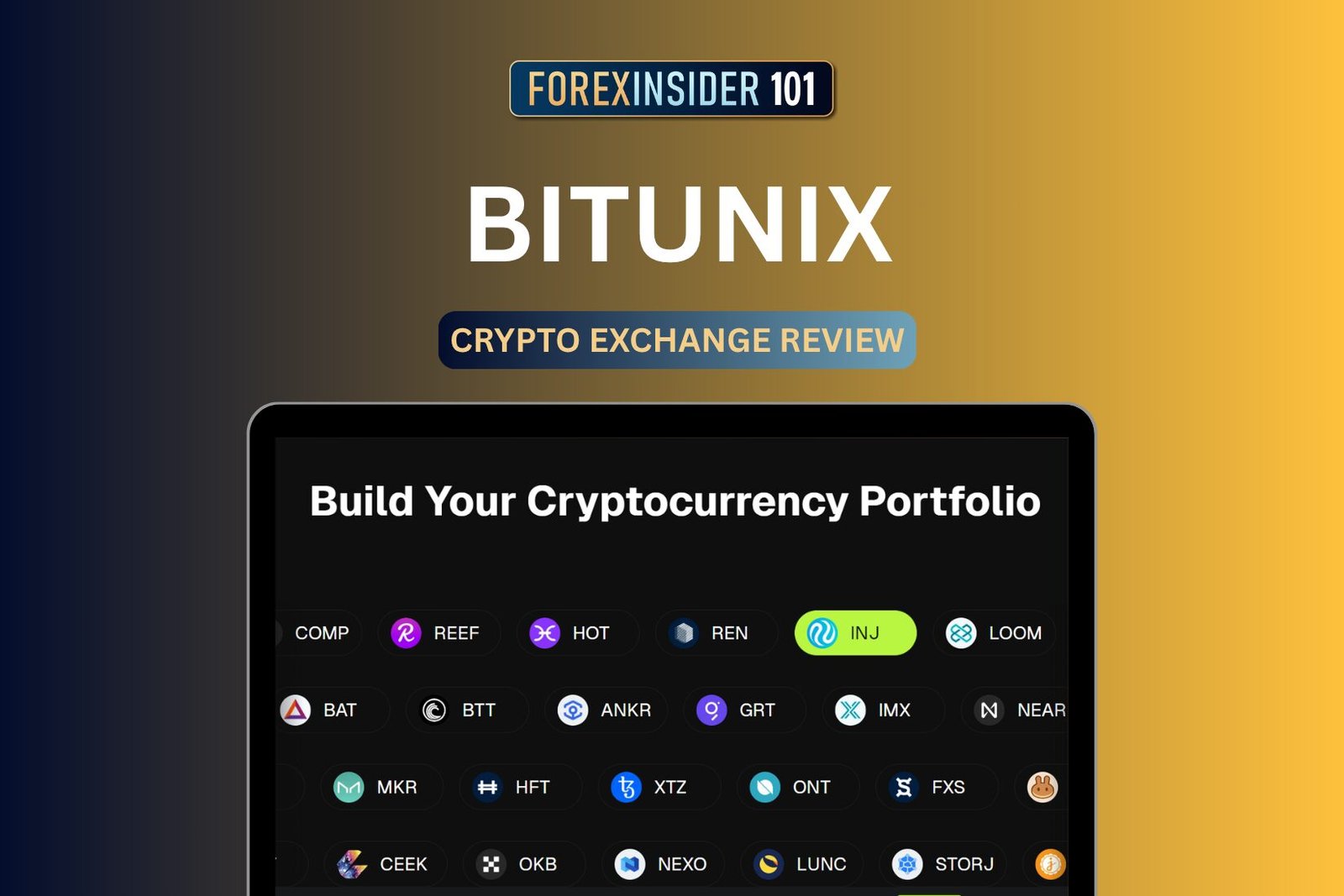USDT vs. The Competition: Thailand’s Stablecoin Showdown in 2025
Thailand’s crypto community has always been adventurous, from chasing early Bitcoin runs to embracing altcoins and NFTs. But 2025 marks a shift: traders, freelancers, and platforms are moving toward stability—and stablecoins are taking center stage, like USDT in Thailand.
At the top? USDT (Tether). But how does it really compare to other stablecoins available in Thailand today, like USDC, BUSD, or even newer regional entrants?
Let’s look at the head-to-head.
1. USDT in Thailand: Popularity & Adoption in Thailand
- USDT: Tether has widespread recognition in Thailand. It’s the default stablecoin on most local exchanges (Bitkub, Satang), and preferred in P2P transactions.
- USDC: While gaining traction globally, USDC is still a minority player locally. Few Thai exchanges prioritize it.
- BUSD: Since Binance shifted away from BUSD, usage in Thailand has declined significantly.
Winner: USDT — Dominates both local platforms and community use.
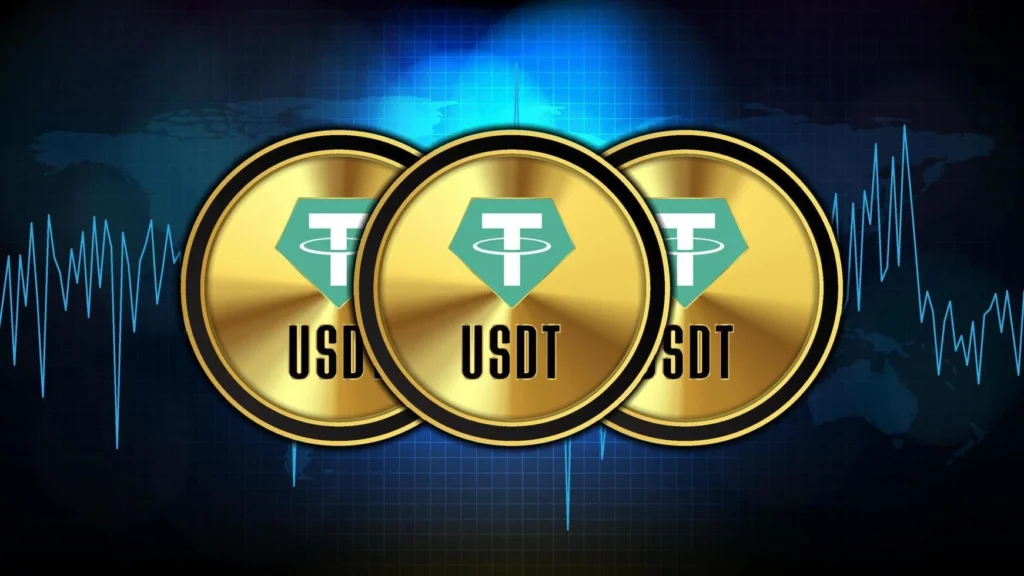
2. USDT in Thailand: Liquidity & Exchange Support
- USDT: High liquidity on all major platforms, with fast P2P settlement.
- USDC: Strong liquidity globally, but limited volume in Thai-based trading pairs.
- BUSD: Once widely used via Binance, but now being phased out.
Winner: USDT — Quick trades, low slippage, and always someone to swap with.
3. Transfer Fees & Network Options
- USDT: TRC-20 network is the go-to in Thailand—ultra-low fees and rapid confirmation.
- USDC: Often used on Ethereum or Polygon, which can mean higher fees or slower speeds.
- BUSD: Primarily BNB Chain—cheap but not widely used post-Binance support shift.
Winner: USDT (TRC-20) — Cheapest and fastest for Thai users doing daily transfers.
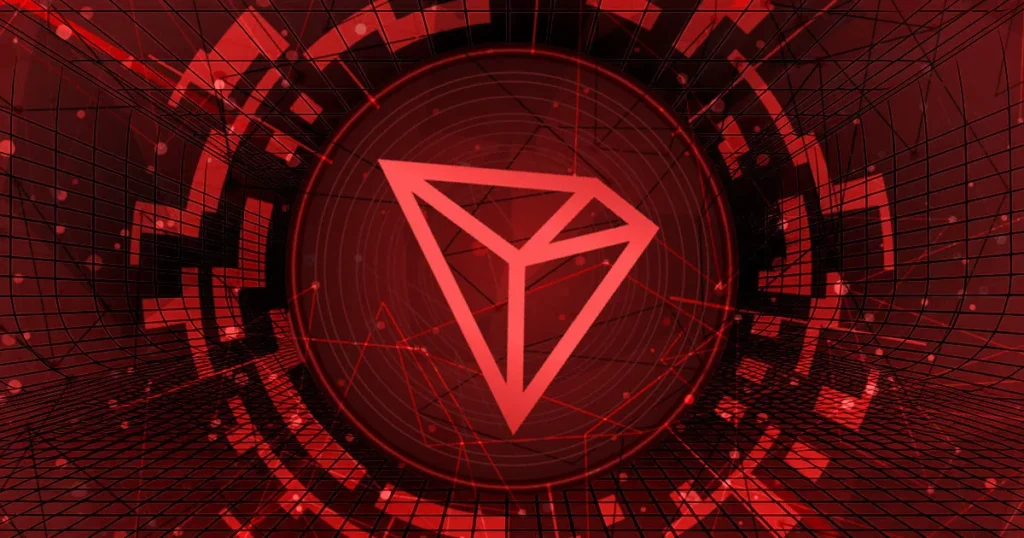
4. Trust & Transparency
- USDT: Long-standing concerns about its reserves persist, but adoption continues.
- USDC: Operated by Circle, with regular attestations and US regulatory alignment.
- BUSD: Regulatory pressure led to Binance sunsetting BUSD in most markets.
Winner: USDC — Safer in terms of backing and regulatory clarity, but less used in Thailand.
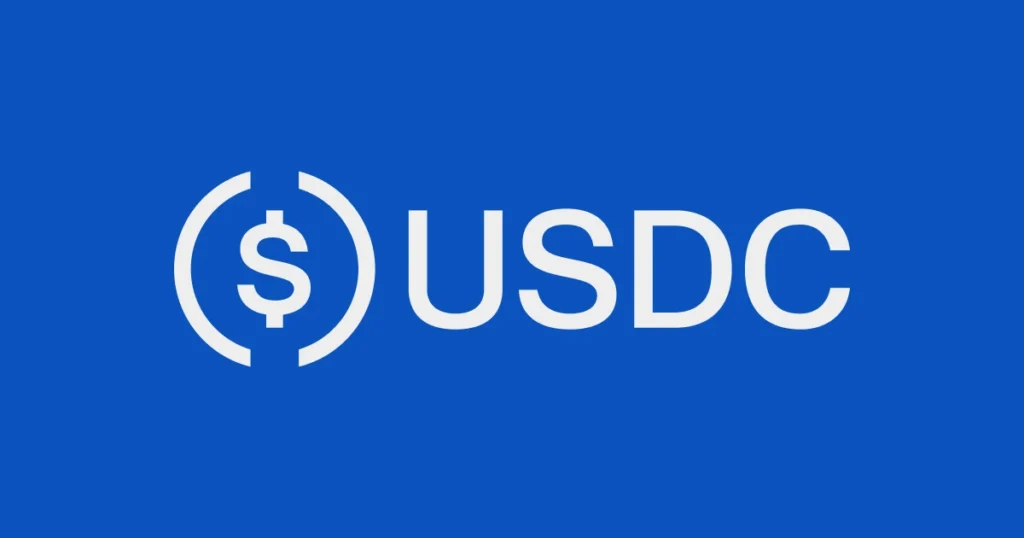
Credit from : USDC
5. Use Cases in Thailand (2025)
- USDT: Used for remittances, online shopping, freelance payments, and trading.
- USDC: Used more by international businesses or tech-savvy investors.
- BUSD: Limited current use in Thailand due to Binance transition.
Winner: USDT — Most practical for everyday Thai users and digital workers.

6. Regulatory Outlook in Thailand
All three stablecoins are legal to hold and trade in Thailand, but none are recognized as legal tender.
However:
- USDT: Thrives in the country’s regulatory gray zone, especially in P2P networks.
- USDC: Likely safer under scrutiny, but less accessible in Thailand’s casual trading circles.
- BUSD: Decreasing relevance means less scrutiny—but also fewer options.
Winner: Tie (USDT for usage, USDC for compliance)
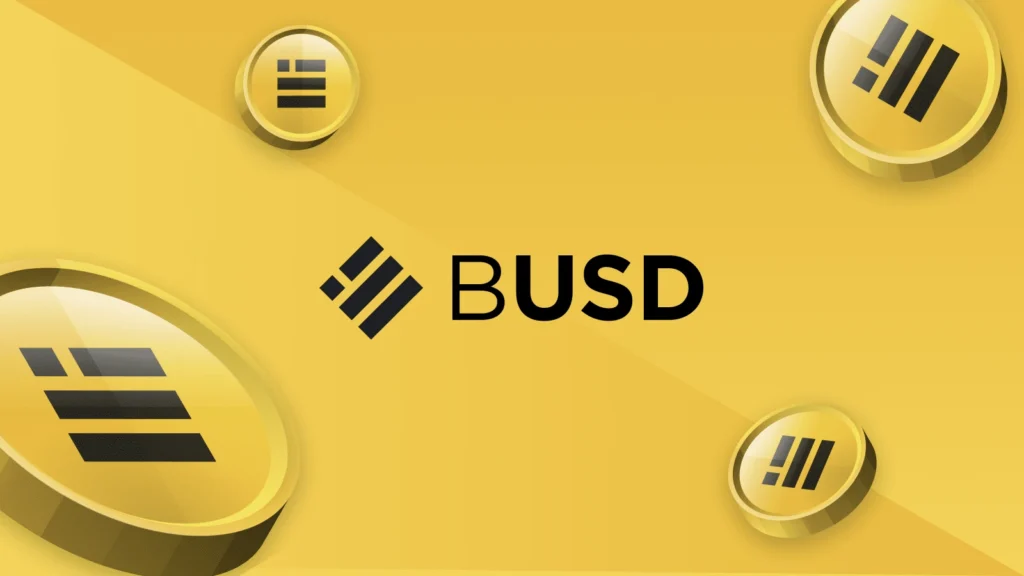
Conclusion: Why USDT Is Winning in Thailand—for Now
Tether isn’t perfect. Questions remain about its reserves, and competitors like USDC offer more transparency. But in real-world use across Thailand in 2025, USDT is leading where it matters: access, speed, fees, and local familiarity.
If you’re trading, receiving crypto income, or sending funds across borders from Thailand, USDT is currently the most practical and supported option.
Still, this dominance doesn’t mean forever. As regulations evolve and platforms diversify, keeping an eye on alternatives like USDC could be wise—especially for those concerned with long-term stability and auditability.



